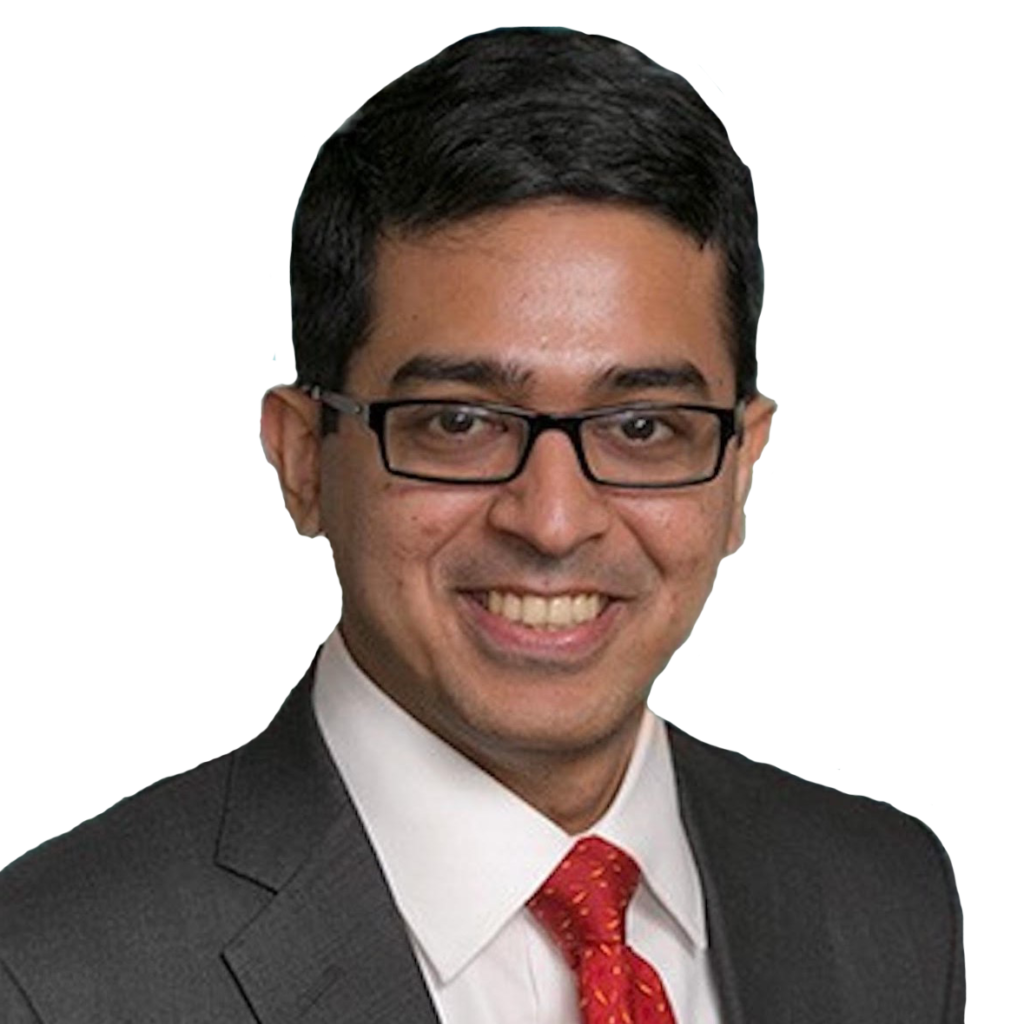Civilization is a progress from an indefinite, incoherent homogeneity toward a definite, coherent heterogeneity.
Henry Spencer
International arbitration professionals are a strikingly homogenous population, as our recent 360 degree overview demonstrated. The demographic markers typically used to arrive at this conclusion are age, race, gender and national origin. While these fundamental indicators merit continued interrogation and attention, additional factors that have received less attention in the diversity discourse to date provide further insight into the social structure of the international arbitration practitioner population. Expressions of homogeneity that are less frequently discussed but may nevertheless constitute significant barriers to entry include language, accent, academic background and lifestyle. They are but some of the many different factors that contribute to the unconscious bias against members of our community that perpetuates homogeneity in international arbitration.
Content Authorship and Sources

Dr. Kabir Duggal
Arbitration and Mediation Panelist at BIAMC
Senior International Arbitration Advisor at Arnold and Porter/Columbia Law School
Disclaimer: The articles published on the BIAMC platform are authored by members of the BIAMC Arbitration Panellist and do not necessarily reflect the views or policies of the Bali International Arbitration & Mediation Center (BIAMC). BIAMC is not responsible for the content of the articles and does not provide any warranty as to their accuracy or completeness. The responsibility for the content, opinions expressed, and any reputational impacts thereof rests solely with the individual authors. BIAMC serves solely as a platform to showcase the works of these authors. Readers are encouraged to approach each article with a discerning view and to consider the context and perspective of the individual author.